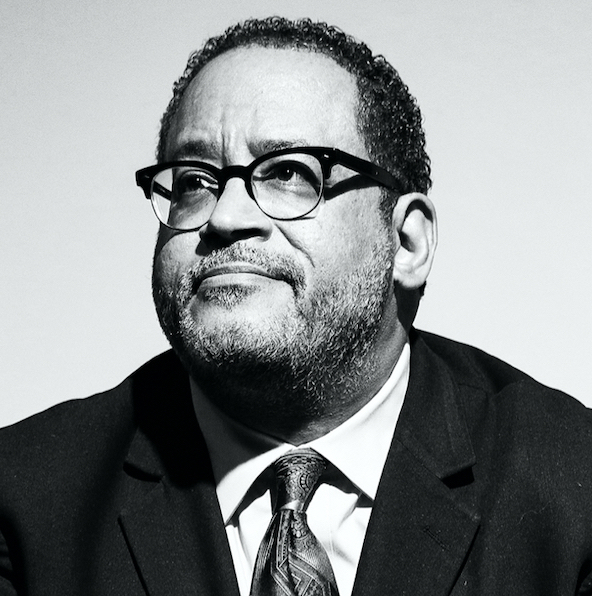Over the last several years in Philadelphia, we have witnessed the erection of the first monument to a Black man in our city, abolitionist Octavius Catto; the first mural to a legal and civic giant, A. Leon Higginbotham, Jr.; a community effort to rename a street from Taney — named for the Supreme Court justice who wrote the Dred Scott decision — for Caroline LeCount, Philly’s own Rosa Parks; and a school renamed from racist president Andrew Jackson to former slave-turned-educator Fanny Coppin Jackson.
Like these people, to me, the All Stars are the everyday folks who are doing the heavy lifting for their race and culture: Teachers, sanitation workers, people who work the traffic lights and run nurseries — both for kids and for your grass — the people who are clerks in local stores. They are the preachers who reach masses of people on a daily basis; the writers whose praises don’t get as well-sung as they should; the social activists who are out there trying to make a better life for us even when we don’t understand what’s at stake.
These are the people Dr. Martin Luther King, Jr., referred to as the “ground crew without whose labor and sacrifices the jet flights to freedom could never have left the earth.”
18
Dox Thrash
Artist
Dox Thrash
Artist
1893- 1965
Dox Thrash was a print artist who focused on depicting African American life. In addition to mastering multiple kinds of art, ranging from drafting to painting to printmaking, Thrash co-invented the Carborundum printmaking process. Much of his career as an artist took place in Philadelphia.
While attending the School of the Art Institute of Chicago, the US declared war on Germany and entered the first World War. Thrash, at age 24, enlisted in the army, and was placed in a regiment known as the Buffalo Soldiers. During his service, he survived shell shock and a gas attack.
After the war, Thrash re-enrolled in art school and completed his art education with the support of veteran funding. He then traveled around the country and ultimately settled in Philadelphia, where he would get a job as a janitor and make art on the side. Thrash started working at the Fine Print Workshop of Philadelphia as the first Black man to ever work at the workshop, where he and two other artists experimented with new printmaking techniques. Together, they created the Carborundum technique, which creates images using a carbon abrasive to burnish a print into a copper plate. This method was what Thrash primarily used for the remainder of his career.
Thrash’s art continued to grow in popularity and was featured in various art shows. He depicted scenes of his Georgia hometown and his neighbors in Philadelphia, encapsulating his experience as a Black man in America.
Accomplishments:
- Invented the Carborundum printmaking process
- One of the local leaders of the Harlem Renaissance
- Several works in the collection of the Philadelphia Museum of Art
- Efforts are underway to preserve Thrash’s Sharswood home
Reporting by Aly Kerrigan and Ethan Young.



